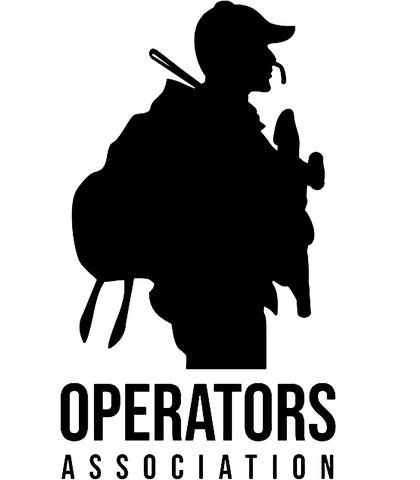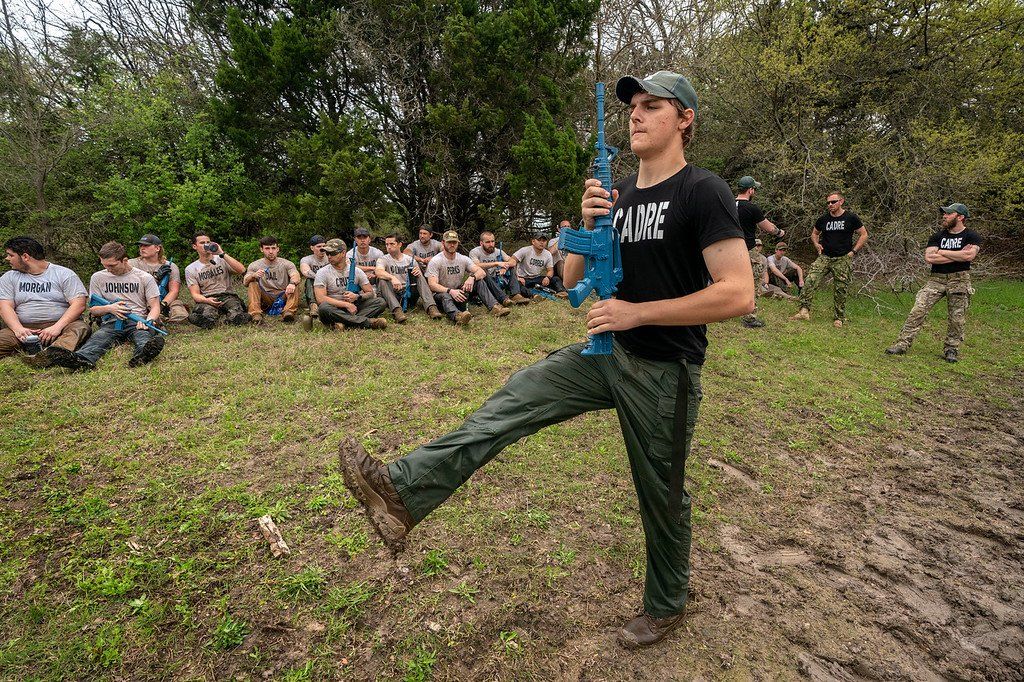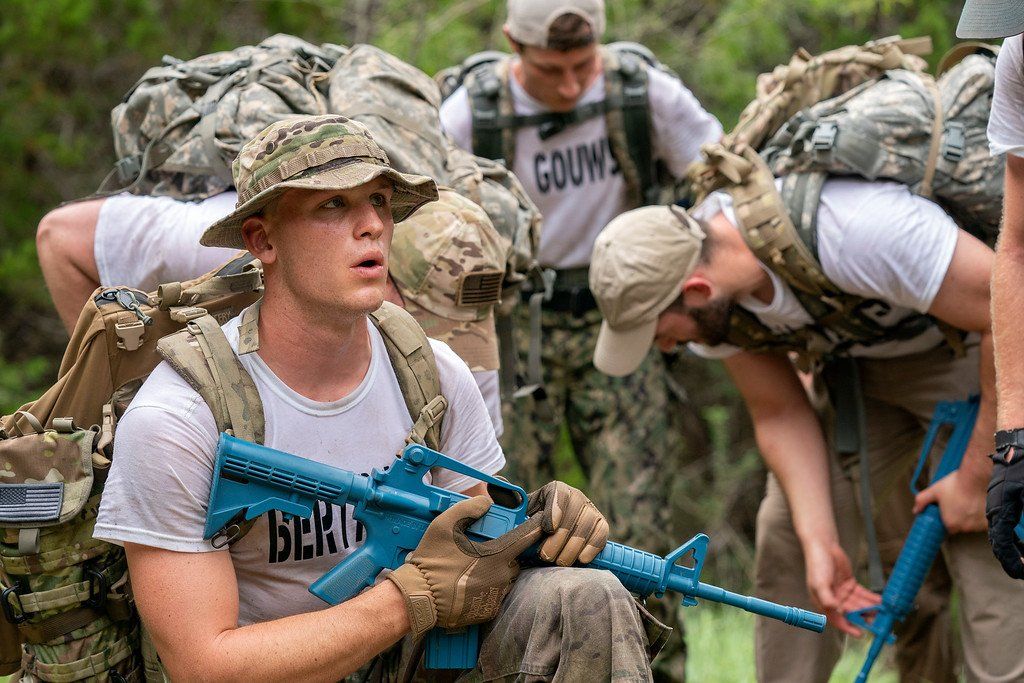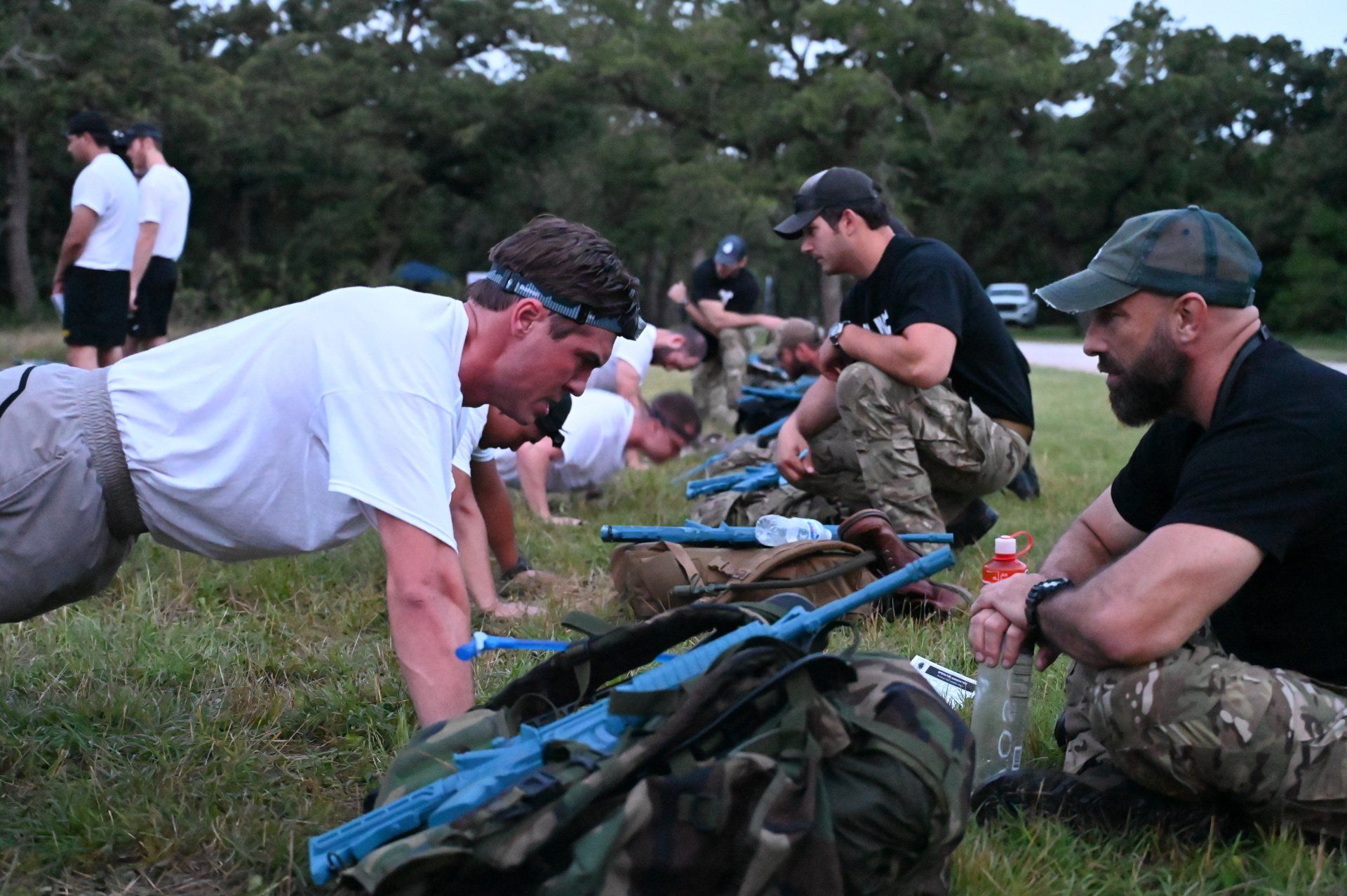How to Ruck like a Ranger
July 12, 2021
Build endurance, strength, and mental toughness by rucking like a Ranger
Whether you call it a ruck, hump, or forced march, walking long distances with weight is one of the oldest military traditions, tactics, and training methods. The Roman Legions did it when they conquered the Mediterranean and Europe, the Anglo-Saxons did it to fight the Vikings, and modern militaries worldwide continue to train for long, heavy marches.
Rucking isn’t only an excellent workout for developing joint stability, endurance, and physical and mental toughness. It’s also incredibly simple and requires little planning or specialized equipment. Just put weight in a rucksack (or a regular backpack) and start walking.
For US Army Rangers, rucking plays a critical role in both the selection and operation aspects of a Ranger’s lifestyle. Before a soldier can enter Ranger selection (RASP), they must already be able to do a 6-mile march with a 35lbs rucksack and weapon in under 1.5 hours – and the training only gets more intense from there. If you want to become an operator, you must immediately begin training your ruck marching. Here is Operators Association's guide to getting started by learning how to ruck like a Ranger.
Preparing for the March
Failing to prepare is preparing to fail. Getting ready for your ruck and both physically and mentally will set you up for success and help you overcome the obstacles ahead. When training for ruck marches, you will want to set out around sunrise to get miles in before the sun gets too hot. Here are a couple of things to get done the night before your ruck march:
Pack Your Rucksack Properly
A properly packed rucksack is a must for any long march. If your weight is improperly distributed, you will have an imbalance that can cause sores, injuries, and instability. Test out the weight dispersion of your bag and ensure that it's evenly balanced.
Take Supplies
Another critical aspect of packing your rucksack is taking the necessary supplies like extra socks, duct tape to cover blisters & hot spots, and carbohydrate-electrolyte beverages to keep you hydrated (check out our Eat Like a Ranger guide
to learn how you can make them at home!)
Dress Properly
When choosing what to wear, utility is key. Sturdy, snug-fitting boots with ankle support are critical to avoiding injuries like rolled ankles and preventing blisters. In terms of socks, opt for ones made of wool that are thicker and absorb moisture – thin athletic or cotton socks will rub against your foot and cause blisters.
Check the weather forecast for the next day and plan your equipment accordingly. If you’re expecting rain, wear waterproof gear and pack extra clothes in your rucksack. If it’s looking sunny, take a hat, sunglasses, and sunscreen – there’s nothing badass about sunburns.
During the Ruck
Putting On Your Rucksack
It’s time to start marching, but before you get going, take a second to put your rucksack on properly. First, put it on as you would any regular school bag. Then, bend forward and allow the weight to slide up your back as high as possible. Tighten the straps while in this position to ensure that the weight rests high – this will take pressure off your lower back and redistribute it over your torso. If your rucksack has any sternum or hip straps, tighten them as well.
Marching Strategy
While on the march, we suggest walking over rough terrain like fields and hiking paths – battlefields are rarely paved, so train accordingly. If you are planning on going to SF selection soon, practice your rucking on terrain that replicates the landscape on which you’ll be marching.
We don’t suggest resting during short-medium distance rucks. But if you choose to, limit your break to five minutes to avoid getting stiff legs. Never take your boots off while resting during a ruck. Your feet will likely be swollen after miles of marching with weight, and you run the risk of being unable to put your boots back on after your rest is complete. It’s okay to loosen your boots a bit while taking a break, but removing them is a critical error.
Should I Run During My Ruck?
There is a constant debate about whether or not you should run while rucking. The answer: it depends on your terrain. The general best practice is to alternate between jogging and walking. Jog downhills and let gravity assist your descent. Conversely, never run uphill – it won’t make you go any faster, and you’ll only end up exhausting your legs.
If you find yourself on a flat stretch of the trail, try alternating between running and power-walking while on flat ground – 30 seconds walk, 30 seconds run, repeat. A ruck march is long and deliberate, but it’s still a race. You will be evaluated on your pace and how fast you finish – so get used to pushing the tempo.
Post-Ruck Recovery
You survived your march – well done. But you're not finished yet. Depending on the distance and intensity of your march, you might have sore shoulders, bruised feet, blisters, and many more nasty injuries that could put you out of commission if left untreated. For dealing with general muscle soreness, an ice bath is one of the best ways to boost your recovery. As for bruised and blistered feet, elevate them while laying down to help reduce swelling; apply ice as needed. Drink water and eat carbs to rehydrate and replenish your energy.
If you want to become an operator, ruck marching is one of the best ways to improve your physical and mental toughness. Another way to set yourself up for success is to become an OA Aspiring Operator. As a member of Operators Association, you get instant access to exclusive podcasts, weekly Q&A livestream sessions, an accountability group that will keep you disciplined, and much more. Get started today.








